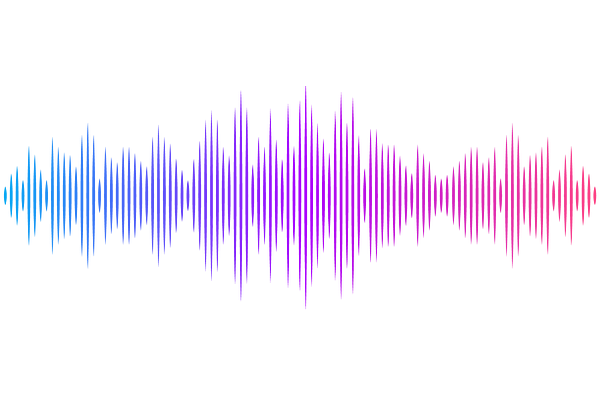Ephaptic coupling enables action potential conduction

Ephaptic coupling enables action potential conduction
Waaben, J.; Hofgaard, J. P.; Pick, G. L.; Loisel, C.; Engstrom, T.; Holstein-Rathlou, N.-H.; Poelzing, S.; Nielsen, M. S.
AbstractBackground: Cardiac action potentials are believed to propagate solely by electrotonic transmission via gap junctions. In the alternative theory of ephaptic transmission, changes in extracellular electrical fields and ion concentrations may enable a cardiomyocyte to activate its neighbors. The involvement of ephaptic mechanisms remain highly disputed and has been discounted due to the reported inability of an isolated cardiomyocyte to activate another. Methods: Isolated rat cardiomyocytes were subjected to whole cell patch clamp. Transmission of action potentials was tested in current clamp in isolated cardiomyocytes pushed together and in native cardiomyocyte pairs. Sodium channel activation and inactivation was tested in voltage clamp. Results: Isolated cardiomyocytes were pushed together end-to-end and one stimulated to fire an action potential. In 10 attempts, 2 pairs showed successful transmission of action potentials, showing that ephaptic transmission is possible. In native pairs, subthreshold depolarization was transferred between cardiomyocytes of native electrically coupled pairs, however, only after a delay, which is not be explained from electrotonic theory. Once action potentials were elicited in one cardiomyocyte of a native pair, the neighbor was activated with delays under 2 msec. The activation delay did not correlate with gap junctional coupling, again suggesting the presence of an alternative mechanism. In voltage clamp of native cardiomyocyte pairs, one cardiomyocyte was held at -90 mV while depolarizing pulses were applied to its neighbor. Consistently, activation of sodium channels in the depolarized cell led to activation of sodium channels in the hyperpolarized cell, which fits well with ephaptic but not electrotonic theory. Ephaptic transmission requires a shielded local domain. To separate this, we measured steady state inactivation in native pairs. As expected, all channels inactivated at -40 mV. However, when maintaining a potential of - 40 mV for an extended period, sodium current elicited at 0 mV re-emerged by de-inactivation. The de-inactivation at -40 mV support that a shielded domain exists where potassium currents can hyperpolarize the local potential. Conclusions: We show for the first time that ephaptic transmission is possible, that it is most likely in operation, also in the presence of gap junctional coupling, and finally our study suggests that data obtained in single cells may fail to reproduce key features of the electrophysiology of cardiomyocytes that interact with neighboring cardiomyocytes.